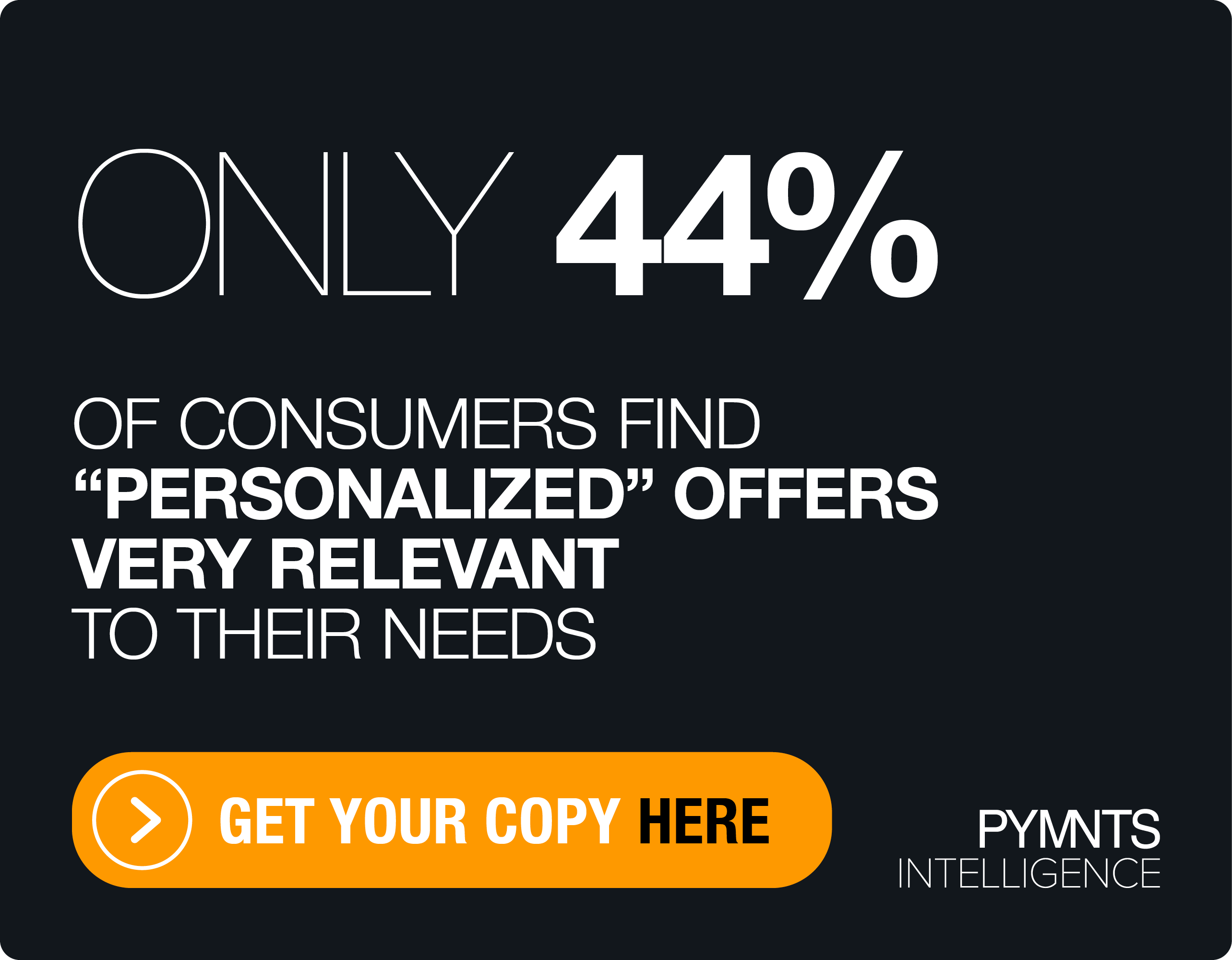Modo Strikes An Innovation Balance

Payments has a balancing problem, according to Modo CPO Matthew Leavenworth.
There are two forces at odds, said Leavenworth: The growth of new ideas, entrants and true innovation in payments versus existing legacy systems — which often still function as designed, he noted, and weren’t cheap to implement.
“People have made investments in legacy, and they won’t want to just walk away from that,” Leavenworth said. Plus, “the existing systems work well and are understood by regulators. They’re not going anywhere.”
Meanwhile, though, “ideas will keep coming, and money will keep going into FinTech startups,” he said. “This is why balance is needed.”
When organizations try to implement newer systems beside legacy ones, though, the two generally don’t play nicely together. Each side wants the other to change — to speak its own language in terms of technology, protocols, standards and speed, such as batch updates versus real-time.
Leavenworth said it’s obvious when systems are at odds because it creates visible friction. Blunt force integration can be possible, Leavenworth said, but it can get costly. Worse, he said, it pushes good ideas out of the mainstream, because the high friction of implementing those ideas becomes a barrier.
Organizations tend to take a pessimistic view of whether the time, cost and effort of integration will be worth the benefits it delivers, Leavenworth said. This pessimism is keeping them from unlocking the opportunities being held back and sidelined in payments, he said.
Innovators like inventing new systems, widgets and gadgets. Or, they focus on reinforcing existing systems by adding speed and functionality. But what’s really needed, said Leavenworth, is a focus on unblocking the opportunities that are held back by friction.
It’s not necessary to integrate — that is, to make two systems speak the same language — in order to achieve interoperability, Leavenworth said. Systems can interoperate without changing the endpoints. It’s already happening in cell phone coverage, the Internet of Things and elsewhere. Why couldn’t the same open software systems be applied to payments?
Leavenworth said that is what Modo aims to do. Its solution looks at the states and actions of payments in motion and creates a common ledger where systems can find common ground and work together. As payments change states, he said, both systems can follow along, each in its own language.
Modo believes this approach can unleash innovation by enabling the creation of new functionality at the edges of existing systems — and then, by lowering the barrier of entry to get those functions up and running in the real world.
